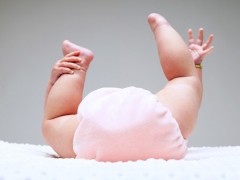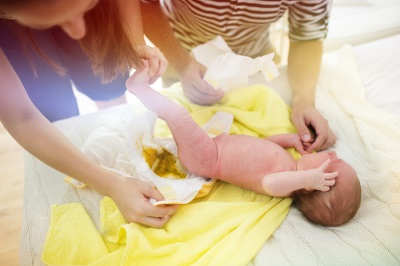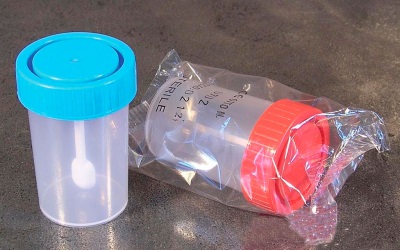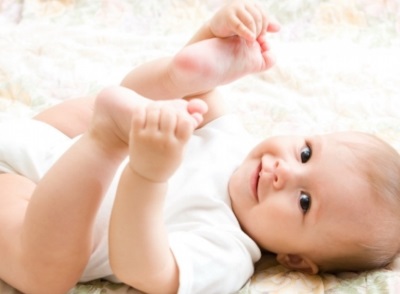How to collect feces for analysis in infants?
If there are problems with digestion and suspicion of diseases of the digestive tract, an infant may be given a stool test. Then the parents have the task to properly collect material for research. Let's analyze all the nuances of the collection in children.
Collection methods
It is quite simple to collect feces from children older than one year, and when collecting material for analysis, nursing babies have their own characteristics.
In infants
Very young children are not planted on the pot yet, and it is not very convenient to collect fecal matter from the diaper. It is difficult to guess at what point the baby will poop, so all hygienic manipulations should be performed in the usual mode for the child. It is best to put a diaper on the child, which has no gel filler, or to swaddle the baby. You can also put your baby on a diaper or oilcloth and, after waiting for a bowel movement, immediately collect feces from its surface.
In older children
If the child already goes to the pot, the feces can be collected from the pot, but it is important to wash the pot thoroughly. To clean the pot, use baby soap, then rinse this accessory well so that the analysis shows reliable data.
What capacity fit?
The optimal and most suitable container option is a sterile plastic jar, which is sold in a pharmacy specifically for this purpose. She has a spoon with which you can easily take the feces from a diaper or diaper. If you collect the material in another container, then you risk to get false results.
How much and where can you store?
It is best to take the feces for study on the same day when he was collected. This is especially important for tests for dysbacteriosis. It is recommended to store it at room temperature for no longer than 3-4 hours. If defecation occurred after lunch, in a sterile container, the stool can be stored in a refrigerator until the next morning. It is impossible to freeze the container.
If a child is assigned to a study to identify lamblia, it should be taken for analysis even warm stool immediately after a bowel movement.
Collection tips
- For most fecal examinations, a teaspoonful of material is sufficient.
- It is not recommended to collect after enema or use of candles. Also, the results of research may affect some medications taken by the child.
- If the consistency of the bowel movements is very fluid, they should be quickly poured into a container for analysis until they are absorbed into the diaper. Also, you can use a mopping tank to collect liquid feces, but this option is suitable only for the youngest children who move a little.
- To stimulate defecation in an infant, you can put a crumb on your tummy or do a small belly massage in a clockwise direction.
- If the child does not self-cope (suffers from constipation), feces for analysis can be collected after stimulating the anus with an exhaust tube.
- In the summertime, transporting material to the laboratory is cold, for example, using a cold pack.









